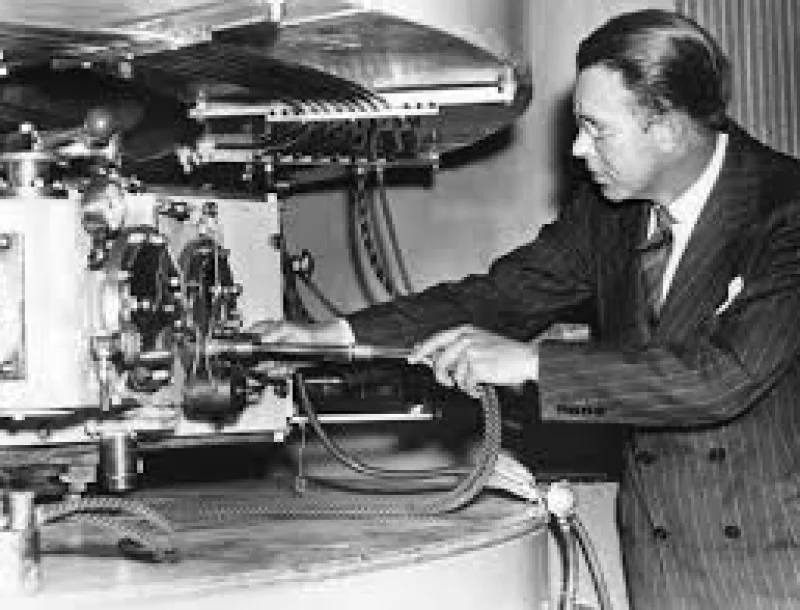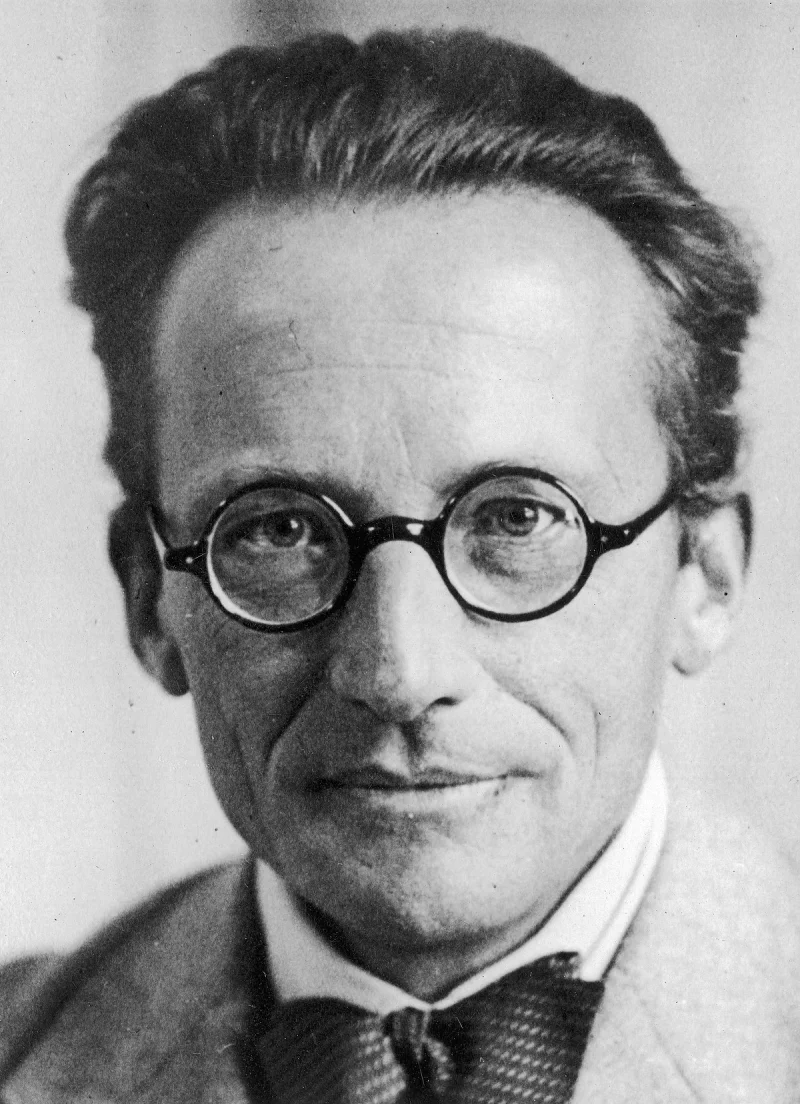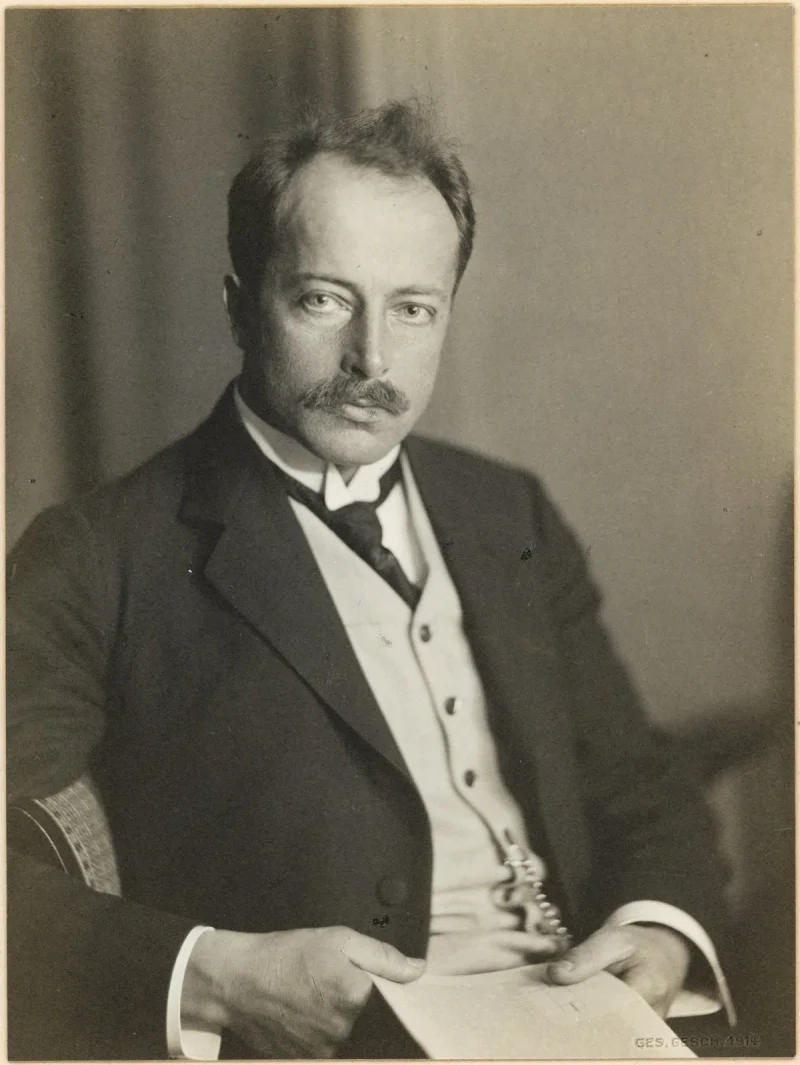Short Summary
Ernest Lawrence was a pioneering American physicist best known for inventing the cyclotron, a particle accelerator that significantly advanced the field of nuclear physics. His innovations in this area led to groundbreaking research in atomic science and earned him the Nobel Prize in Physics in 1939. Lawrence's work laid the foundations for modern nuclear medicine and contributed significantly to the Manhattan Project during World War II.
Early Life & Education
Ernest Orlando Lawrence was born on August 8, 1901, in Canton, South Dakota, to a family with a strong academic background. His father, Gunda Lawrence, was a superintendent of schools, and his mother, Gunda, was a former teacher. Lawrence showed an early interest in science, which was supported by his family. He attended the University of South Dakota and later transferred to the University of Minnesota, where he received his Bachelor of Science degree. Lawrence then pursued his graduate studies at the University of Chicago and completed his Ph.D. at Yale University in 1925, specializing in physics.
Career Highlights
After receiving his doctorate, Lawrence joined the faculty at the University of California, Berkeley, in 1928. It was here that he invented the cyclotron in 1929, a device that accelerated charged particles along a spiral path, which became a revolutionary tool in nuclear physics. His work at Berkeley led to the establishment of the Radiation Laboratory, which became a leading research center in the field. During World War II, Lawrence played a key role in the Manhattan Project, contributing to the development of the atomic bomb. His leadership and vision significantly advanced atomic research and its applications.
Major Achievements
- Invented the cyclotron, transforming nuclear physics and enabling new discoveries.
- Won the Nobel Prize in Physics in 1939 for the invention and development of the cyclotron.
- Contributed to the Manhattan Project, aiding in the development of the atomic bomb.
- Founded the Radiation Laboratory at the University of California, Berkeley.
- Pioneered advancements in nuclear medicine through his research and innovations.
Famous Quotes
- "The trouble with most of us is that we would rather be ruined by praise than saved by criticism."
- "I like to think that physicists are the Peter Pans of the human race. They never grow up and they keep their curiosity."
Interesting Facts
- Lawrence's cyclotron was initially constructed using scrap metal and was just five inches in diameter.
- He was the first director of the Lawrence Berkeley National Laboratory, which was named in his honor.
- Lawrence is one of the few scientists to have an element named after him: Lawrencium (element 103).
- He was a strong advocate for government funding in scientific research.
- Lawrence's brother, John H. Lawrence, also became a prominent figure in nuclear medicine.
Legacy / Influence
Ernest Lawrence's contributions to nuclear physics have had a profound and lasting impact on the field. His invention of the cyclotron revolutionized particle physics and facilitated numerous scientific discoveries. Lawrence's work not only advanced academic research but also had practical applications, particularly in medicine and national defense. His influence persists in the continued use of particle accelerators and in the institutions he helped establish, such as the Lawrence Berkeley National Laboratory.
FAQ
Q: Why is Ernest Lawrence famous?
A: He is famous for inventing the cyclotron, a groundbreaking particle accelerator, and for his contributions to the Manhattan Project.
Q: What did he win the Nobel Prize for?
A: He won the Nobel Prize in Physics in 1939 for the invention and development of the cyclotron.
Q: What is the significance of the cyclotron?
A: The cyclotron significantly advanced nuclear physics by allowing the acceleration of particles, leading to important discoveries in atomic science.













